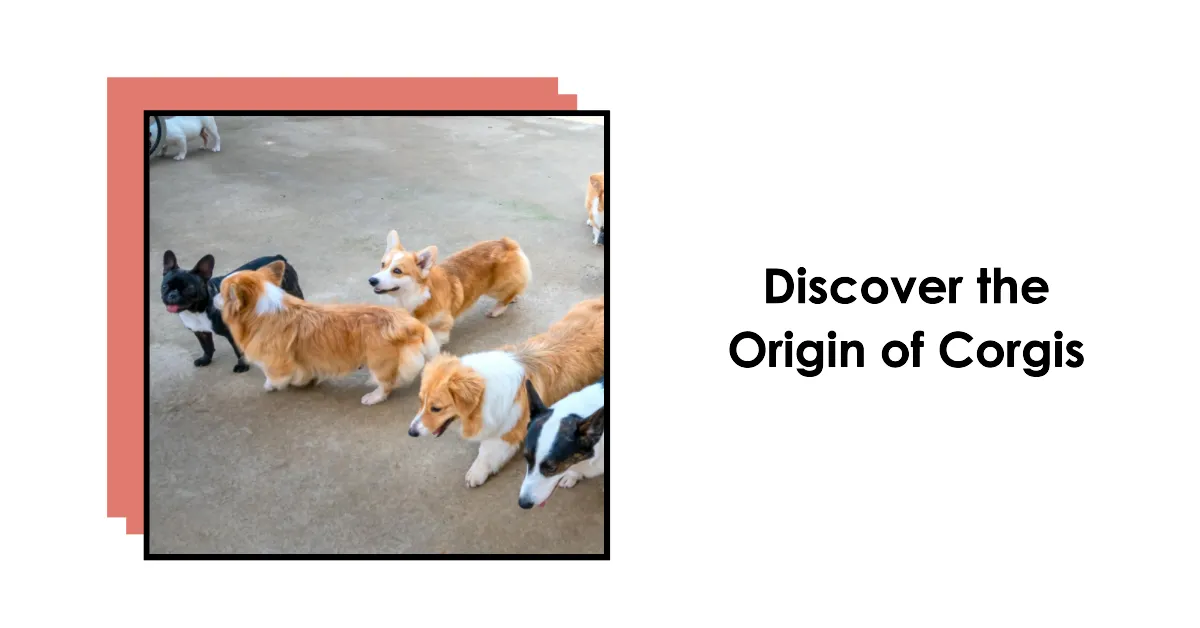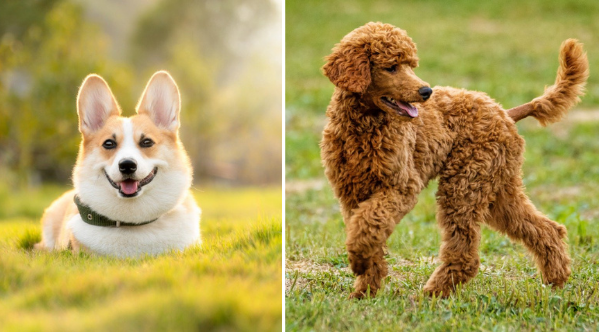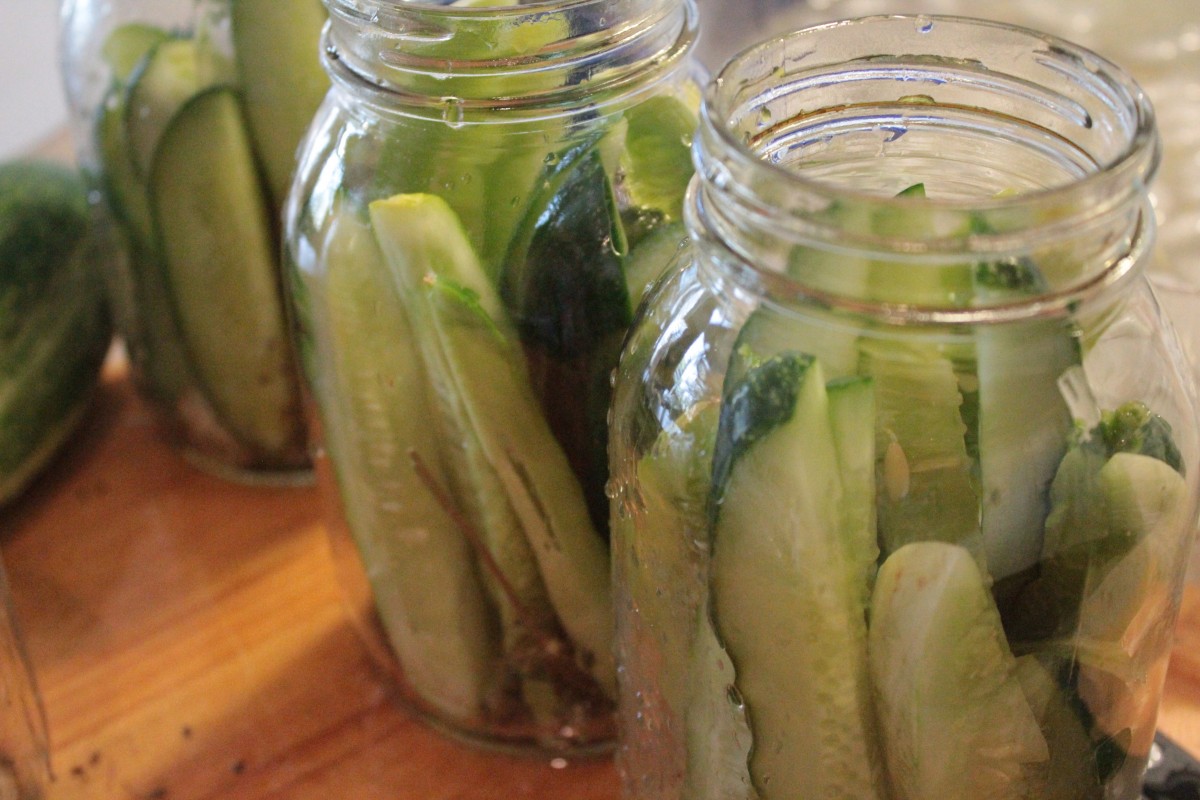Understanding Tear Stains: Causes and Solutions for your Corgi

Hey there, Corgi parents! Are tear stains driving you crazy? Don't fret, we've got you covered.
In this guide, we'll dive into the ins and outs of understanding tear stains and how to tackle them head-on. Tear stains may seem like a mysterious puzzle, but fear not, we'll break it down for you in simple, paw-friendly terms.
We'll explore the common causes behind those pesky stains, from your Corgi's unique eye anatomy to potential health conditions. Plus, we'll clue you in on environmental factors that could be playing a role.
And of course, we'll dish out some grooming techniques, natural remedies, and professional treatments that'll have your Corgi looking fresh as ever.
It's time to bid those tear stains adieu!
Common Causes of Tear Stains
One common cause of tear stains in your Corgi is excessive tear production. It's like your furry friend is running a tear factory 24/7! This can happen due to various reasons, including eye infections and tear duct blockage.
When your Corgi's eyes get infected, the tear production goes into overdrive, resulting in those pesky stains. Similarly, if the tear ducts are blocked, the tears have nowhere to go and end up overflowing onto the fur around the eyes.
But don't worry, there are solutions to these tearful troubles. Regularly cleaning your Corgi's eyes and keeping them free from infections can help reduce tear stains. Additionally, if tear duct blockage is the culprit, your vet can recommend suitable treatment options to ensure your Corgi's tears flow freely again.
Understanding Corgi Eye Anatomy
To understand tear stains in your Corgi, it's important to familiarize yourself with the anatomy of their eyes. Corgis have unique eye structures that require special attention to maintain their eye health and prevent tear stains.
The Corgi's eyes are typically medium-sized and should be clear and bright. The cornea, which is the clear outer covering of the eye, should be free of scratches or ulcers. The tear ducts, responsible for draining excess tears, should be open and functioning properly.
Regularly cleaning your Corgi's eyes can help prevent tear stains by removing any dirt or debris that may accumulate. Additionally, keeping your Corgi's face dry and using tear stain prevention products recommended by your veterinarian can also help maintain their eye health and reduce tear stains.
Health Conditions That Contribute to Tear Stains
If your Corgi has tear stains, it could be a sign of underlying health conditions. Here are some health conditions that can contribute to tear stains in your furry friend:
- Allergies: Just like humans, dogs can also have allergies. Allergies to certain foods, environmental factors, or even grooming products can cause excessive tearing and lead to tear stains.
- Genetics: Some dog breeds, including Corgis, are more prone to tear stains due to their genetics. The shape of their face and the position of their eyes can contribute to tear overflow, resulting in stains on the fur around the eyes.
- Blocked Tear Ducts: If your Corgi's tear ducts become blocked or narrowed, it can cause tears to overflow and stain the fur. This can be caused by infections, inflammation, or even abnormalities in the tear duct structure.
- Eye Infections: Infections in the eyes can lead to excessive tearing and tear stains. It's important to keep your Corgi's eyes clean and check for any signs of redness, discharge, or irritation.
Understanding these health conditions can help you identify the root cause of your Corgi's tear stains and seek appropriate treatment from a veterinarian.
Environmental Factors to Consider
Now let's talk about the environmental factors that can contribute to those pesky tear stains on your Corgi.
One thing to consider is the weather - excessive heat or humidity can cause your pup's eyes to water more, leading to tear stains.
Another factor to think about is the indoor air quality in your home. Dust, allergens, and even certain cleaning products can irritate your Corgi's eyes, causing them to tear up.
Weather and Tear Stains
When it comes to weather and tear stains on your Corgi, understanding the environmental factors is crucial. Here are some things to consider:
- Humidity levels:
- High humidity can contribute to tear stains in dogs.
- Moisture in the air can cause the tear ducts to produce more tears, leading to staining around the eyes.
- Keep an eye on the humidity levels in your area and take steps to control it if necessary.
- Seasonal allergies:
- Just like humans, dogs can suffer from seasonal allergies.
- These allergies can cause excessive tearing, leading to tear stains.
- Be aware of the allergens in your dog's environment and take appropriate measures, such as avoiding certain plants or using allergy medications as recommended by your veterinarian.
- Outdoor conditions:
- If your Corgi spends a lot of time outdoors, they may be exposed to environmental factors that can contribute to tear stains.
- Dust, pollen, and pollutants in the air can irritate the eyes and cause tearing.
- Consider limiting outdoor time during peak allergy seasons or providing your dog with protective eyewear.
- Grooming routine:
- Regularly cleaning your Corgi's face and wiping away excess tears can help prevent tear stains.
- Use a gentle, tear-free cleanser recommended by your veterinarian and make it a part of your dog's regular grooming routine.
Indoor Air Quality
To further address tear stains on your Corgi, let's now delve into the impact of indoor air quality on tear staining.
The air inside your home can have a significant effect on your furry friend's tear stains. Poor indoor air quality can be caused by factors such as dust, allergens, and pollutants, which can irritate your Corgi's eyes and lead to excessive tearing.
One way to improve the air quality is by using air purifiers, which help filter out these irritants. Additionally, proper ventilation systems can also help by circulating fresh air throughout your home and reducing the concentration of allergens.
Grooming Techniques to Minimize Tear Stains
To minimize tear stains on your Corgi, implement effective grooming techniques. Here are some tips to help you keep those tear stains at bay:
- Regularly clean the tear-stained area: Gently wipe the area around your Corgi's eyes with a clean, damp cloth. Be sure to use a mild, tear-free cleanser specifically made for dogs to avoid any irritation.
- Trim the hair around the eyes: Long hair around the eyes can trap moisture and lead to tear stains. Regularly trim the hair around your Corgi's eyes to keep it clean and prevent tear stains from forming.
- Keep the tear ducts clear: Blocked tear ducts can contribute to tear staining. Use a veterinarian-approved tear duct cleanser to remove any buildup and keep the tear ducts clear.
- Maintain a healthy diet: A balanced diet can help minimize tear staining. Choose a high-quality dog food that's free from artificial additives and fillers, as these can contribute to excessive tearing.
Natural Remedies for Tear Stains
To further address tear stains on your Corgi, let's explore natural remedies that can be used to minimize their appearance.
When it comes to reducing tear stains, there are a few herbal supplements and homemade remedies that you can try.
One option is to give your Corgi herbal supplements that promote eye health, such as chamomile or calendula. These herbs have anti-inflammatory properties that can help reduce tear staining.
Additionally, you can make a homemade solution using equal parts of hydrogen peroxide and water. Gently wipe your Corgi's stained areas with a clean cloth soaked in this solution. Remember to be cautious and avoid getting the solution in your dog's eyes.
These natural remedies can be effective in minimizing tear stains, but always consult with your veterinarian before trying anything new to ensure your Corgi's safety.
Professional Treatments and Products
For professional treatment options and products, you can consult with a veterinarian experienced in addressing tear stains in Corgis. These professionals can provide you with safe and effective solutions to help reduce tear stains and keep your Corgi's eyes healthy.
Here are some professional treatments and tear stain products that may be recommended:
- Tear Stain Wipes: These specially formulated wipes are designed to gently remove tear stains around your Corgi's eyes. They're convenient to use and can help keep the area clean.
- Tear Stain Supplements: Certain supplements can help improve your Corgi's tear production and reduce tear stains. These supplements usually contain ingredients such as antioxidants, omega-3 fatty acids, and probiotics.
- Tear Duct Flushing: If your Corgi's tear stains are caused by blocked tear ducts, a veterinarian may perform a tear duct flushing procedure. This can help clear any blockages and improve tear drainage.
- Antibiotic Eye Drops: In some cases, tear stains can be caused by an underlying eye infection. Your veterinarian may prescribe antibiotic eye drops to treat the infection and reduce tear staining.
Frequently Asked Questions
Can Tear Stains Be a Sign of a Serious Health Condition in My Corgi?
Tear stains can sometimes be a sign of a serious health condition in your corgi. It's important to monitor their overall health and consult with a vet for proper treatment and management of tear stains.
Are Tear Stains More Common in Certain Corgi Breeds?
Tear stains can vary among corgi breeds, but lighter colored fur tends to show them more. Don't worry, though! There are plenty of tear stain management techniques to help keep your corgi looking fresh and adorable.
Can Tear Stains Be Prevented Through Diet and Nutrition?
You can totally prevent tear stains in your corgi through diet and nutrition! By feeding them a balanced diet and avoiding certain ingredients, you can reduce those pesky stains. Plus, there are natural remedies that can help too.
Are Tear Stains More Common in Older or Younger Corgis?
Are tear stains more common in older or younger corgis? Well, when it comes to tear stains, age does play a role. Older corgis are more prone to tear stains than their younger counterparts.
Are There Any Specific Eye Care Products That Can Help Reduce Tear Stains in Corgis?
Using eye care products specifically designed for reducing tear stains can be helpful for your corgi. Look for natural remedies that are safe and effective, ensuring your furry friend's eyes stay healthy and stain-free.











